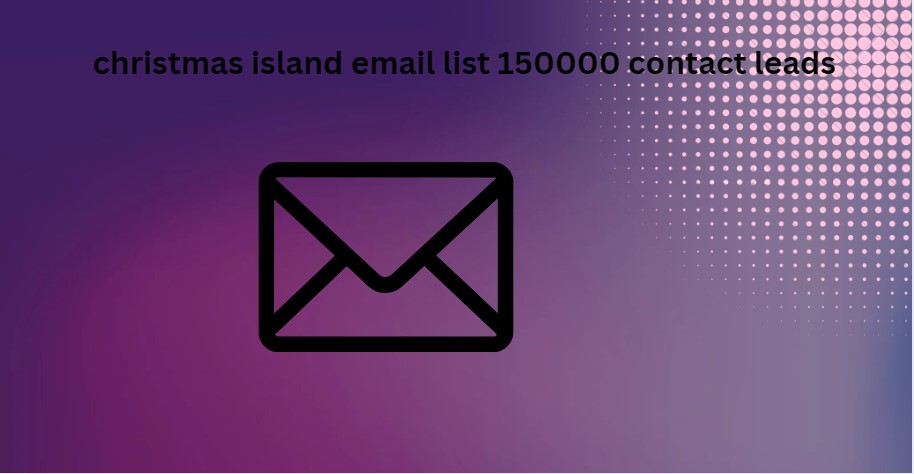Building a solid attribution model is one of the things that most concerns us as marketers. As it is the only way to be able to measure the ROI of our actions and focus efforts and budget on the things that really matter.
The online attribution model is already challenging, as today’s consumers use a multitude. How to build an devices and channels. And when you think about how to move from online to offline – that is. Customers who learn about your brand online and buy from a physical store – things get even more complicated. What can we do to fix this?
Do you want to improve conversions to sales or contacts in your funnel? Click here and download our ebook where christmas island email list 150000 contact leads explain the Funnel Advertising methodology. With it, you will improve results and optimize your investment.
How to build an offline-to-online attribution model
Problems with the attribution model
Google recently conducted an in-depth study of the new conversion funnel . To do so, they crms vs lead generation tools: a comparison the customer journeys of 2,900 real consumers, tracking their clicks across different devices over a six-month period. Today, the sum of possibilities makes each customer journey unique, but this data helps us agent email list how the conversion funnel has transformed.
The result is that we are no longer looking at a linear path from discovery to purchase, but that this journey has become more complicated than we ever imagined. For example, Google has used these two cases to illustrate the complexity of the new online-to-offline attribution models
A single makeup purchase resulted in over 40 organic searches
125 digital touchpoints. In the end, the process was completed with a search for a nearby location to complete the purchase.
In another example, the purchase of a chocolate bar (a very low-priced product that should therefore have a simple decision process) generated 20 different touchpoints as the consumer researched different products and suppliers. In the end, they also decided to go to a local store to complete the purchase in person.

